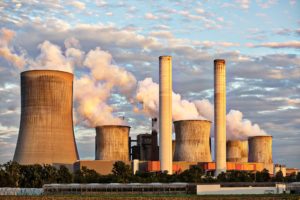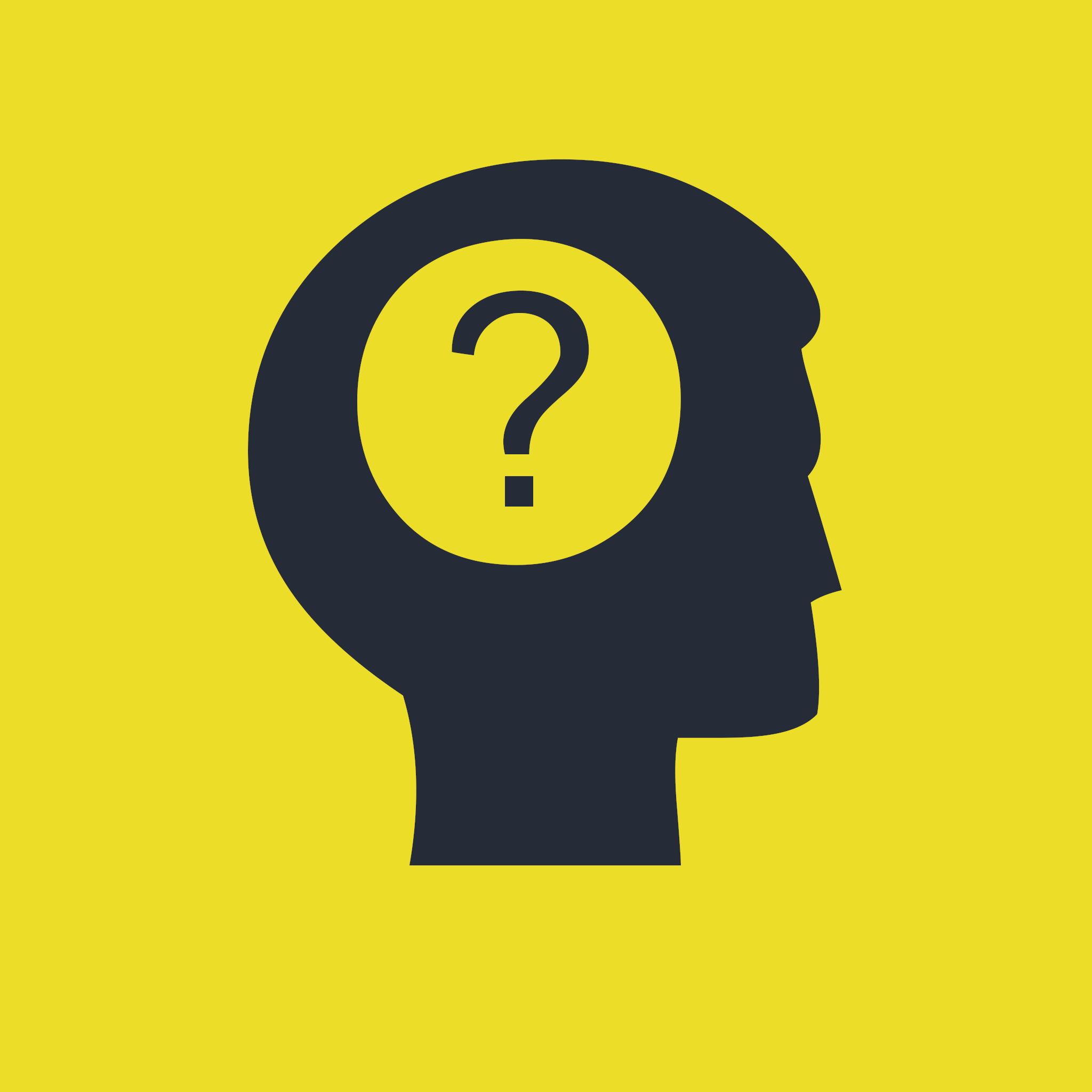
Harnessing the power of the atom, cleanly and safely
Nuclear power is a way to make electricity. It works by using heat that comes from nuclear reactions to turn water into steam, which can then be used to turn a turbine and generate electricity.
Nuclear reactions are processes that release a lot of energy. They happen when the nucleus—or center—of an atom is changed. The energy from these reactions can be used to heat water and make it boil, just like when you put a pot of water on a stove and turn on the heat.
Nuclear power plants have special machines called reactors that control the nuclear reactions and make sure they don’t get too hot or dangerous. The heat from the reactions is used to turn water into steam, which is sent through pipes to turn a turbine. The turbine is connected to a generator, which is a machine that turns motion into electricity.
Nuclear power is a clean way to make electricity because it doesn’t produce any pollution or greenhouse gases. However, it can be dangerous if something goes wrong with the reactor, so nuclear power plants have a lot of safety measures in place to protect the people who work there and the communities around them.
Here are a few projects you can do at home to learn more about nuclear energy:
Build a model of a nuclear power plant: You can use materials like cardboard, paper, and glue to create a miniature model of a nuclear power plant. This can help you understand how the different parts of the plant work together to generate electricity.
Experiment with radiation detectors: You can purchase a radiation detector kit or make your own using a Geiger counter, a device that measures radiation. With this, you can measure the levels of radiation in your environment and learn about the different sources of radiation around you.
Learn about nuclear reactions: You can conduct experiments to learn about the different types of nuclear reactions, such as fission and fusion. For example, you can create a model of a fission reaction using a small ball and a set of blocks, or you can learn about fusion reactions by creating a small plasma ball using a kit or materials you have at home.
Explore the history of nuclear energy: You can learn about the history of nuclear energy and how it has been used over the years by doing online research or reading books on the subject. You can also visit a local museum or science center to learn more about the topic.
For Further Learning
Educational websites: There are many websites that provide educational information about nuclear energy, including how it works and its benefits and drawbacks. Some good websites to start with include Energy.gov, World Nuclear Association, and the International Atomic Energy Agency.
Books: There are many books available that cover different aspects of nuclear energy, including its history, how it works, and its role in the global energy mix. Some books that may be of interest include “The Atom: A Single Oxygen Atom’s Journey from the Big Bang to Life on Earth…and Beyond” by Lawrence M. Krauss and “The Nuclear Family: A Tragicomic Novel in Letters” by Susanna Fogel.
Museums and science centers: Many museums and science centers have exhibits and educational programs that focus on nuclear energy. Visiting these types of institutions can be a fun and interactive way to learn about the topic.
Online courses: There are also online courses available on nuclear energy, including both free and paid options. These courses can provide a more in-depth look at the subject and often include videos, interactive simulations, and quizzes to help you learn.
